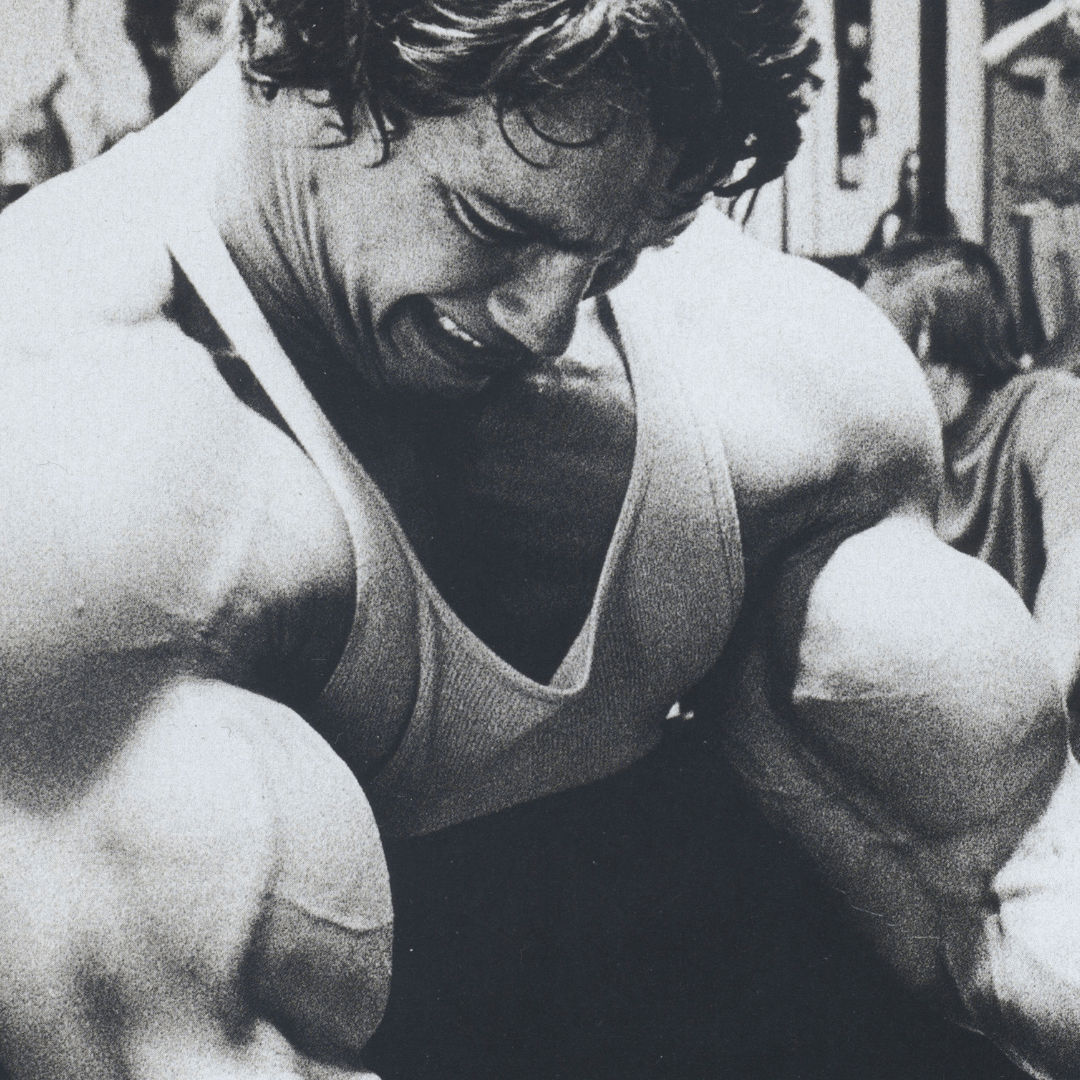
Training to Failure vs Sub-Maximal Training: What Research Says About Muscle Growth
For decades, training to failure—pushing your muscles until you can't complete another repetition—has been a cornerstone of strength training, often viewed as the ultimate way to stimulate muscle growth. However, a 2019 study published in Sports directly challenges this long-held belief, suggesting that a less extreme approach might be superior for building muscle.
This article will delve into the study's findings, explore the potential reasons behind its surprising results, and discuss the critical limitations and real-world applications of this research.
The Theory and Risks of Training to Failure
The philosophy behind training to failure, popularised by figures like Arthur Jones, is rooted in the idea of maximally recruiting muscle fibers, particularly the fast-twitch fibers responsible for growth and strength. While this approach feels demanding and can deliver results, it's not without significant risks, including:
- An increased risk of injury, especially as form deteriorates.
- Longer periods of muscle soreness (DOMS).
- Extended recovery times, which can lead to overtraining.
- Potential for diminishing returns over time.
The Study: A Head-to-Head Comparison
The research team from Tennessee designed a 10-week program to directly compare training to failure against sub-maximal training in well-trained males.
Key Study Design Features:
- Participants: 15 well-trained males aged 23-31.
- Program: 3 weight training sessions per week for 10 weeks.
- Exercises: Compound movements like back squats, bench press, and deadlifts.
- Groups: One group trained to volitional failure on every set. The other group trained at a relative intensity (65-90% of their max) but did not go to failure.
- Control: Crucially, the total training volume (sets and reps) was equalised between the groups.
- Measurements: Muscle growth was assessed via quadriceps muscle biopsies and ultrasound imaging before and after the program.
The Surprising Results: Sub-Maximal Training Won
Contrary to conventional wisdom, the group that did not train to failure showed greater increases in both overall muscle size (cross-sectional area) and individual muscle fibre growth.
This finding suggests that the extreme fatigue of training to failure might not be the most effective driver of hypertrophy when training volume is matched.
Why Might Sub-Maximal Training Be More Effective?
From a physiotherapy perspective, the results become clearer when we consider the full picture of muscle adaptation, which relies as much on recovery as it does on the workout itself.
Training to failure creates profound fatigue and muscle damage, requiring a longer and more complete recovery period. If you're training frequently (e.g., more than 3 times per week), you may not fully recover between sessions. This incomplete recovery could impair long-term growth.
This idea is supported by other research, which found that training to failure added an extra 24-48 hours of recovery time for exercises like bench press and squats. Sub-maximal training may offer a "sweet spot"—providing a potent growth stimulus while allowing for more efficient and complete recovery.
Limitations of the Research
It is vital to interpret these interesting results within the context of the study's limitations. Acknowledging limitations allows us to better understand the ability to generalise these findings to a wider population.
The main limitations include:
- Small Sample Size: With only 15 participants, the results need to be confirmed by larger studies.
- Limited Demographics: The study only included well-trained young men. The findings may not apply to women, older adults, or beginners.
- Uncontrolled Lifestyle Factors: The study did not control for crucial variables like sleep quality and nutrition, which play a massive role in muscle recovery and growth.
These limitations don't invalidate the findings, but they highlight the need for more research across diverse populations.
Practical Takeaways for Your Training
So, what does this mean for you in the gym? Based on this research, here are some evidence-based considerations:
- You Don't Always Have to "Go to Failure": Pushing to absolute failure on every set is not a requirement for muscle growth. Consistent, challenging sub-maximal training can be highly effective.
- Prioritise Recovery: If you have a busy schedule or train frequently, sub-maximal training may allow for better recovery and more consistent performance, potentially leading to better long-term gains.
- The study participants were well-trained. Beginners can make progress with a wide range of training intensities, while advanced lifters might use training to failure more strategically rather than as a default.
Conclusion
The 2019 study provides a compelling case for re-evaluating the dogma of training to failure. For muscle growth, more is not always better when it comes to fatigue. A smarter approach that emphasises quality volume, and prioritises recovery may be the true key to maximizing hypertrophy.
This research has certainly given me pause for thought in my own training—hopefully, it provides a valuable new perspective for you, too.
Do you incorporate training to failure in your routine? How has it affected your recovery and progress? Share your experiences in the comments below!
Reference:
Skeletal Muscle Fiber Adaptations Following Resistance Training Using Repetition Maximums or Relative Intensity. Sports 2019, 7(7), 169. https://doi.org/10.3390/sports7070169
Need Personalised Guidance?
If you'd like help trying to uncover the underlying cause of your pain or dysfunction, consider booking an online Telehealth consultation with Grant here!

